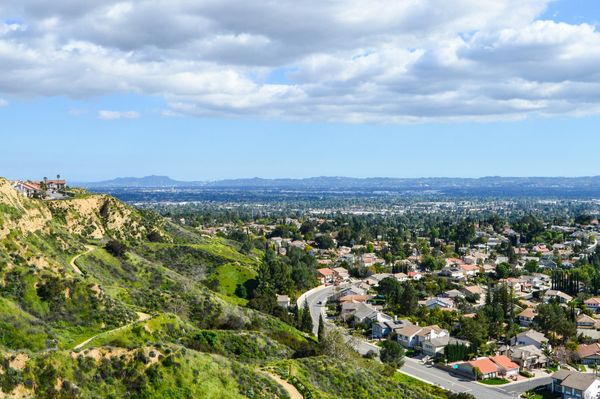
A couple weeks ago I received a letter from my bank informing me that the rate on our home loan had gone up in February by 0.25% pts. The good news was the new increased payment would only begin in June. This followed a similar letter in February telling me that rates had gone up in December but that our payments would only rise in May.
I have yet to receive the letter informing me about the rise in rates last month, that presumably will lead to our loan payments increasing in July.
All of which is to say that while there is relief that the Reserve Bank this week chose not to raise the cash rate, there are still a lot of rises yet to hit the economy. This is something the RBA has become more acutely aware of over the past few months.
In early December, before the board met, I noted the bank needed to be careful because the “problem with interest rates is that they actually take a while to affect all mortgage holders”.
Rather serendipitously, the following week, the RBA noted for the first time that “the board recognises that monetary policy operates with a lag and that the full effect of the increase in interest rates is yet to be felt in mortgage payments”.
In February it added: “There is uncertainty around the timing and extent of the expected slowdown in household spending.”
In March it slightly changed the language from the “extent of the expected slowdown” to the “extent of the slowdown”. The slowdown was no longer expected; it was here.
We sometimes obsess too much about slight changes in the language of the RBA governor’s statements, but on Tuesday, when the bank finally kept rates on hold, they not only changed the language, but they moved it to the opening of the statement.
The lag was the principal reason the bank held rates steady. It noted that it “took the decision to hold interest rates steady this month to provide additional time to assess the impact of the increase in interest rates to date and the economic outlook”.
One example of the lag is the difference of new mortgage rates with the average of all home loans:
If the graph does not display click here
Given the average rate paid by all mortgage holders has risen just 209 basis points since April, it’s a good bet there is at least another 100 basis points still to flow through.
And that is a lot of slowing of the economy.
The RBA having a wait-and-see approach was met with some fairly hyperbolic views, suggesting that if the bank ends up raising rates again it will mean it made the wrong call on Tuesday. That strikes me as rather odd.
Inflation won’t take off because the RBA did not raise rates this week. I’m not sure who thinks a 350 basis points raise in rates in 11 months is small beer, but anyone who has taken out a loan in the past decade sure as heck does not agree.
It is worth remembering that those hurting the most from these rate rises are younger homeowners. If you took out an average loan in December 2002, your loan was around $191,000 and your monthly payments since April (assuming the bank passed on all rate rises) have gone up around $350.
But if you were one who took out a loan in December 2021, because you assumed rates would be staying low until at least 2024, your loan was around $613,000 and your monthly payments have gone up $1,126:
If the graph does not display click here
Little wonder that new home loans continue to fall quickly – down another 0.9% in February, and 31% in the past year:
If the graph does not display click here
But that is off a massive surge. The total amount of housing finance in February of $22.6bn is around where you have expected it to be, given the long-term trend prior to the pandemic:
If the graph does not display click here
That doesn’t mean the housing market is tickety-boo – it is likely to keep falling and with it house prices – but some of the fall was always going to happen. It’s just that the 350 basis points rate rise has turbocharged the drop.
So will rates go up again or down?
The market now expects the RBA to cut the cash rate around the end of the year to 3.35%. But maybe don’t bet your mortgage on that, given just 6 weeks ago the market was predicting by December the cash rate would have gone up three more times to 4.35%:
If the graph does not display click here
The signs on inflation however, are good. Australia’s inflation seems to be following the path in the US and heading down:
If the graph does not display click here
The prices of many important commodities are heading down or no longer rising:
If the graph does not display click here
Similarly, the prices of imported goods used by Australian industries are no longer surging:
If the graph does not display click here
Before the May RBA board meeting, held the week before the federal budget, the bank will be able to see another lot of monthly CPI data – plus the more extensive March quarter figures, another lot of unemployment figures, trade prices and producer cost figures.
If these show that the bank needs to raise rates again, no doubt they will.
But all of this data is counting things that have already occurred. Raising rates on Tuesday showed prudence to avoid the bank punching an economy already falling to the canvas.
Greg Jericho is a Guardian columnist and policy director at the Centre for Future Work







